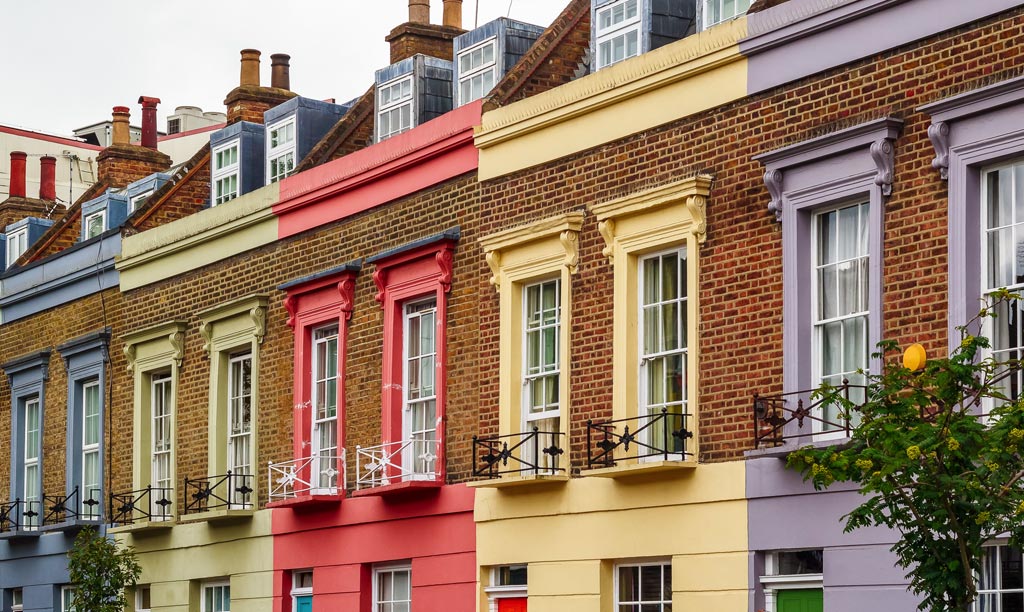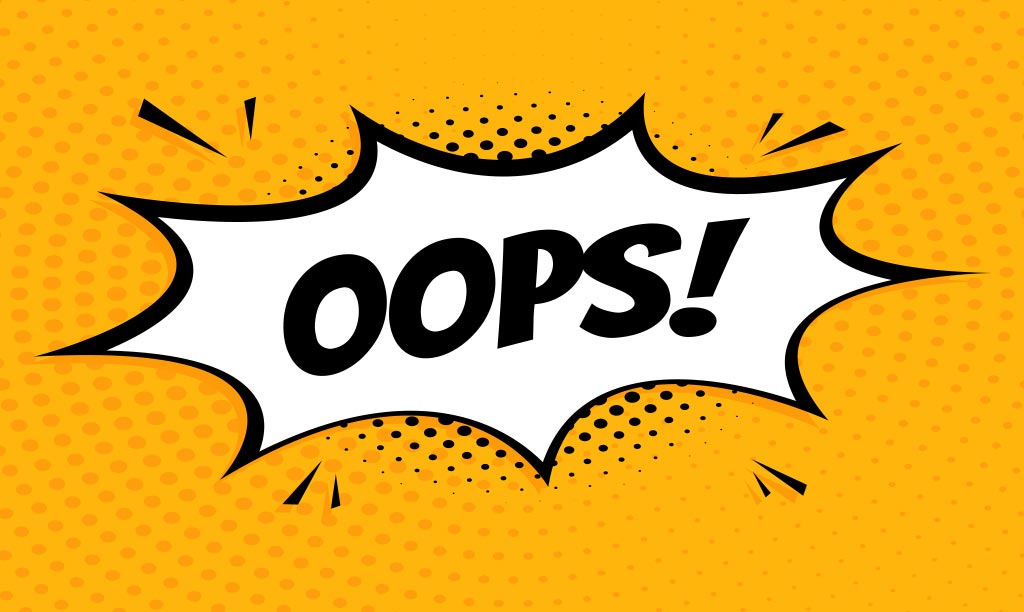The blank canvas that Brexit granted for VAT law remained untouched, without so much as a tentative brush stroke, in the Budget a few weeks ago. With the budget announcements being well covered on social media and the press, our Managing Director, Rebecca Porter, considers the impact of VAT registration threshold freeze to smaller businesses in real terms.
What happens when you get a load of “VATies” in a room, we talk VAT of course. As the solution focused team that we are, last week we found ourselves considering what the announced VAT registration threshold freeze until 2026 really means for small businesses. Whilst it might sound good on the face of it, when you break down the impact on those small businesses operating at a turnover around the £80K mark it could be the thing that puts them out of business.
A business generating £90K income, that can’t increase its prices, nets £5K less than one generating £80K income.
With the announcement that we are officially in recession and the constant barrage of news about cost of living increases, some simple maths will show you that, for businesses where prices are not easily increased, staying just under the VAT registration threshold of £85K makes them over £14K better off that anyone trading in the turnover bracket between £85K and just over £100K. The reason being that once the business tips over that registration threshold all turnover has to have VAT accounted for on it. For businesses that can’t increase their prices by 20% this can make their small business unviable. For example a business generating £90k gross income will lose £15k in VAT, netting £75k, so worse off than the business generating £80k and remaining below the threshold.
It isn’t any wonder that clients turn to their accountants with questions around how to avoid VAT registration, including all of those favorites such as income splitting, agency arrangements and even pleas to somehow shoehorn their activities into exemption - I mean if one type of dance class is exempt can’t they all be? (The answer is no by the way – it’s the rules!). Unless the business is simply unable to control its turnover to stay below the threshold, think café's and the like, why would any small business in this position look to grow beyond the £85K mark unless it could be certain of 120% growth on a sustained basis?
Businesses trying to generate the equivalent value of £85K that year need to turnover £138K
Unfortunately, the rate of inflation also means that that the VAT Threshold’s £85K trigger point also only has the equivalent value of £73K compared to a year ago1. In other words for the business to earn as much in inflationary terms as last year, turnover needs to hit £115K which of course exceeds the VAT registration threshold and therefore actually requires a turnover of £138K. This of course is making no mention of the inflationary rises in costs which further threaten these businesses or the fact that the VAT registration threshold has been frozen since 2017 and will remain so until 2026 at least.
Whilst having the highest VAT registration threshold compared with all of our European neighbours, might seem to support small businesses, as pointed out in the 2017 OTS report2, it actually has a more counterproductive impact on the basis that for many, growing simply is unaffordable considering the additional VAT costs. The OTS report recommended that the VAT registration threshold be reduced and “considering the potential benefits of a smoothing mechanism”. The fact is, many businesses forced into VAT registration use a “smoothing mechanism” otherwise known as “The Flat Rate Scheme”.
For those of you reading who don’t know (and with apologies for those that do since this will be old news), the flat rate scheme, very basically, allows businesses to collect 20% VAT on sales but only pay over a proportion of that collected VAT to HMRC depending upon the industry. Whilst a business using the flat rate scheme, is generally not able to recover VAT on purchases, it is certainly capable of putting some businesses in a more profitable position than not being VAT registered at all (especially where the business’ customer base is able to recover the VAT. It was a simplification measure designed to help smaller businesses with the burden of VAT administration. Before we had software on our phones to automatically add purchases into a VAT return report, with the VAT separated out, this was a valuable simplification! But the times have moved and, although HMRC brought in the limited cost trader rules to combat what they saw as “abuse”. The fact is that the Flat Rate Scheme is generally only used by those who can use it to reduce their VAT bill.
So, what about doing away with the Flat Rate Scheme? Hear us out. If we replace the flat rate scheme with a targeted economy building support scheme, we can remove, or at least lower, the VAT barrier to small business growth and encourage economic recovery. We think targeting sectors whose customers and clients cannot generally recover VAT, for example trades people working for the general public, hospitality sector amongst others, in a way that provides a stepped cost to having to register for VAT, even for a limited time, may help these businesses reach the next stage of growth without risking their viability.
Thinking outside the box – give newly registered businesses a 6 month “growth period” where VAT is collected but can be used to support sustained business growth
We think there needs to be some really outside the box thinking and the incentives to push businesses to grow where possible if we have any chance at economic recovery. Perhaps there should be some effort put into the impact assessment of allowing a 6 month “growth period” once the VAT registration threshold is breached to use the VAT that would otherwise be payable to the VAT man to invest in sustainable growth mechanisms that would help get the business past the tricky point of having to grow from an £85K turnover business to almost double that size for the purpose of being able to afford the VAT. An incremental charge to VAT would also help and could be a way of pulling down the VAT registration threshold, as recommended by the OTS report, without the huge impact on small businesses this would otherwise have. Perhaps consideration to reducing the VAT registration threshold to £50K with a scheme available to businesses with a 6 month “growth period” where VAT was charged but not required to be accounted for to HMRC, after which turnover up to £150K had a flat rate of 10% for the next 12 months at which point the scheme falls away and normal VAT accounting starts.
These ideas are just the couple thrown around in a 10 minute “what if” conversation in our office, they clearly need lots of engagement from small businesses and costing properly by the treasury to assess whether they are even possible. In any case, it is clear that VAT is creating a big barrier to the growth of small businesses and fresh approach is absolutely necessary if we are to instigate any sort of economic recovery any time soon.





























